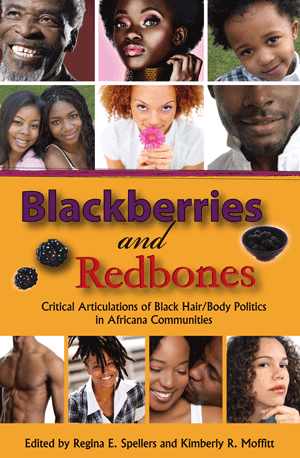In the Mix: Issue of Mixed Race Stirs Controversy for Census [Interview with Ralina L. Joseph]
International Examiner
Volume 32, Number 2
2010-01-21
Yayoi Lena Winfrey
A highly anticipated event for mixed-race people takes place this year. Although it may seem officious and routine for most, the upcoming U.S. Census is actually an exciting undertaking for those considering themselves multiethnic. That’s because for only the second time in history, there will be an opportunity to select more than one race on Census forms. Those who don’t claim a multiracial identity may not get why that’s so important. But for anyone who’s ever been forced to pick only one parent’s ethnic heritage as her own, it’s a major feat.
Ralina L. Joseph’s interest in multiethnic identity began with her undergraduate studies at Brown University. She is currently an Assistant Professor in the Department of Communications and Adjunct Assistant Professor in the Departments of American Ethnic Studies and Women Studies at the University of Washington. Discovering that her own personal mixed race experience was what others were discussing as a collective experience, she began exploring the subject.
“I think that the first generation of scholarship, of literary and cultural production of activism on mixed race and trying to articulate a mixed race identity, is very much about a coming out moment; the naming and claiming of being mixed,” says Joseph.
But by the time she was ready to graduate, Joseph was “suspicious” of the way multiracial activism was pushing multiracial categories in the Census, and longed to produce work that looked at the multiracial experience in regard to other groups of color…
…Further, what constitutes a mixed race heritage is debatable. Recently, a group called Multi Generation Multiracials (MGM’s) challenged First Generation Multiracials (FGM’s). Although both groups have mixed ancestry, FGM’s have one white and one black parent while MGM’s may have two parents, or even grandparents, that are mixed. MGM’s, who aren’t able to ‘officially’ claim a biracial heritage, argue that they are often more mixed looking than FGM’s who, because of their parents’ visibility, can automatically declare a dual ethnicity….
Read the entire article here.
Also, see Dr. Joseph’s lecture series, Mixed Race in the United States running through 2010-03-03.


